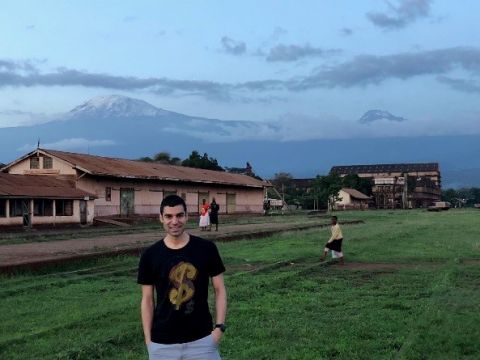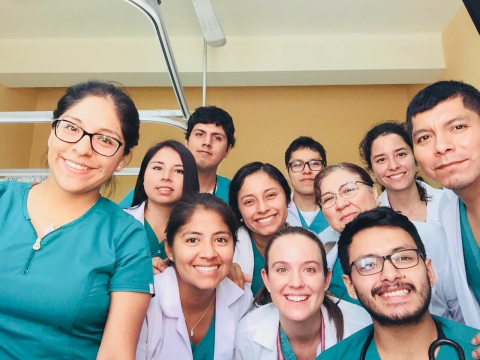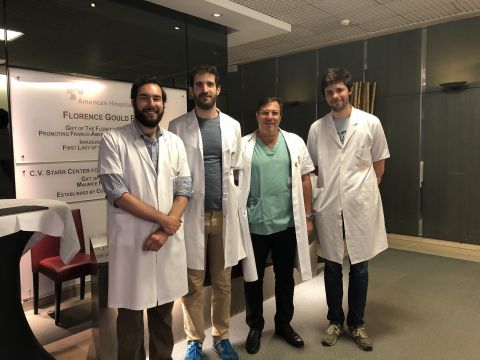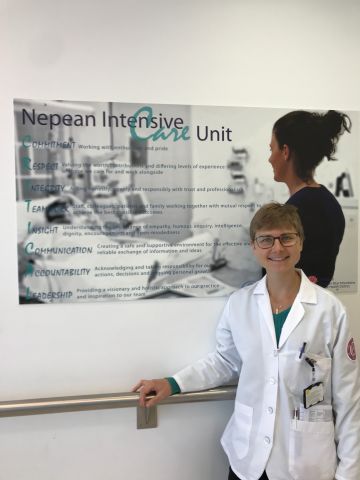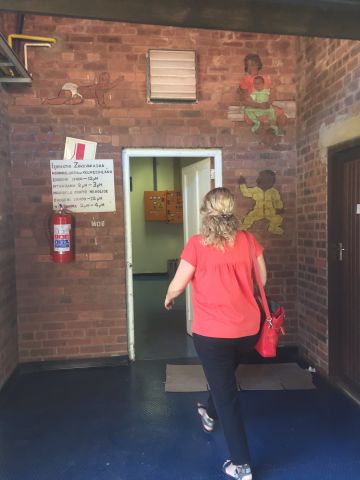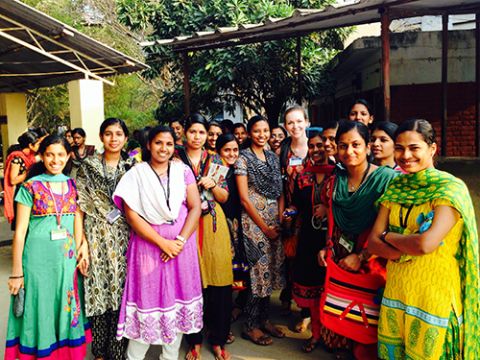My clinical observership experience at Kilimanjaro Christian Medical College in Moshi, Tanzania was incredibly illuminating as to the differences in management, disparities in clinical care and challenges with management of complex disease in a resource limited country. My host mentor, Dr. Neema Minja, was an incredible teacher and clinician who pushed me to become involved in clinical decision making during rounds. I spent 6 weeks on the internal medicine ward at KCMC as a member of the inpatient team. I spent about 3 weeks in the Medical Intensive Care Unit, a 6 bed unit where patients were triaged based on the need for the most acute level of care. I was able to participate in rounds, physical examination, reviewing clinical data, and assessment and plans for patients. I also spent an additional 3 weeks on general inpatient medicine, rounding with Dr. Deng Madut, and an Infectious Disease fellow from Duke who served as an attending on general inpatient medicine. My responsibilities were similar to the MICU.
One of the biggest challenges with clinical care at KCMC was the limited resources available for patients who were critically ill or presenting with complex diseases. Diagnostic tests were often ordered sparingly, and many times were not available due to lab equipment not functioning. Imaging as well was highly limited. While chest x-rays were available and routinely utilized, throughout most of my elective the CT scanner was not functioning and we routinely sent patients to the nearest CT scanner about an hour away in Arusha, even for situations where stat CT scans were necessary...Read more


